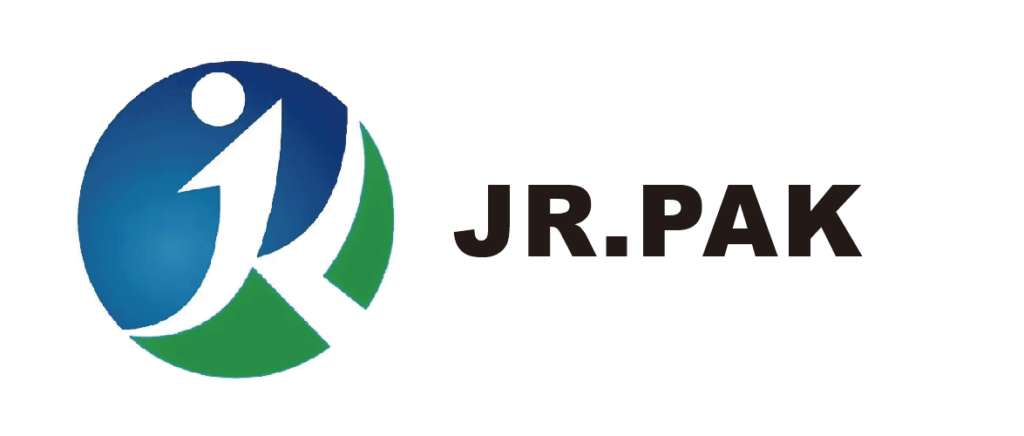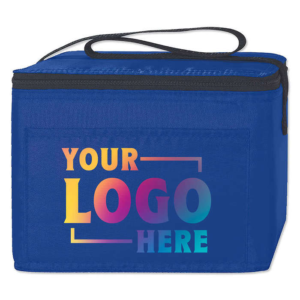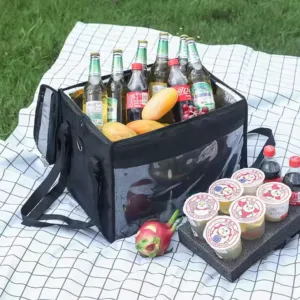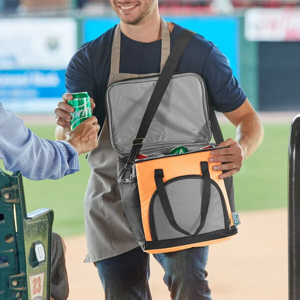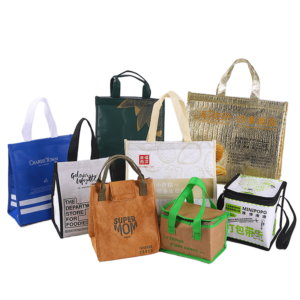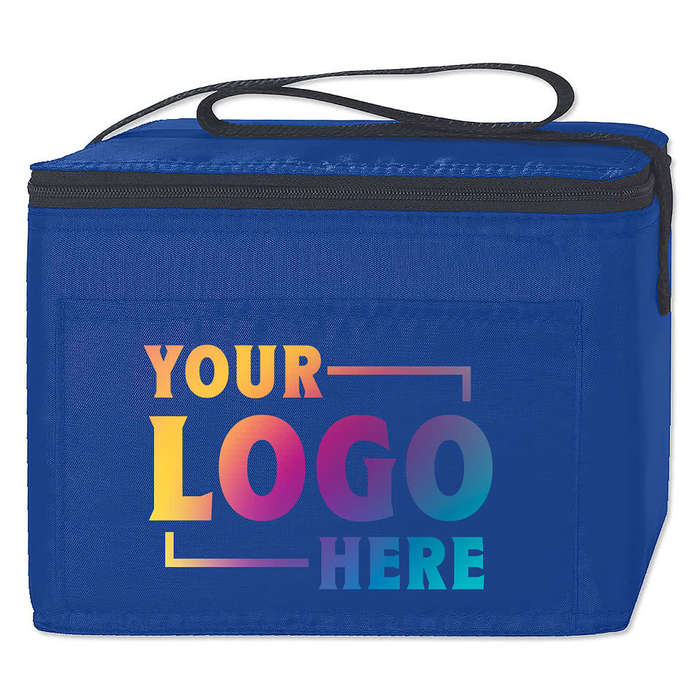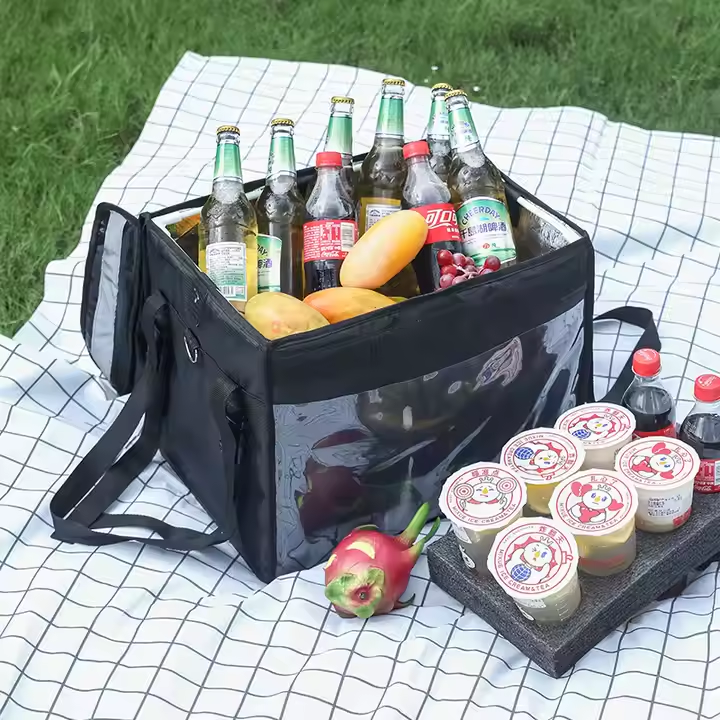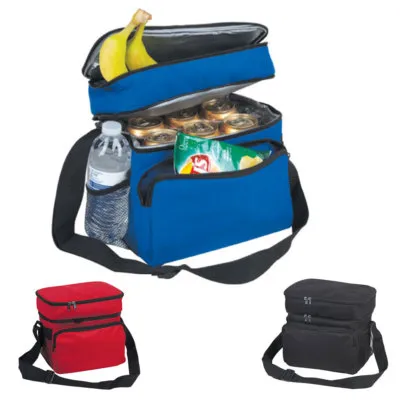Non woven packaging is gaining popularity across industries due to its eco-friendliness, strength, and reusability. This article highlights five sectors rapidly increasing their adoption, driven by regulation, logistics needs, and sustainability goals.
Top 5 Industries Increasing Their Use of Non Woven Packaging

Retail, food, healthcare, consumer goods, and industrial sectors are leading the shift to non woven packaging—responding to sustainability, hygiene, and regulatory demands.
These insights show where demand is growing and how businesses are adapting. For durable and customizable packaging solutions, visit JiaRong Packing's non woven bag collection.
Retail and E-commerce

Retailers and e-commerce platforms are turning to non woven packaging for sustainability and branding opportunities.
Key Drivers in Retail
| Application | Purpose |
|---|---|
| Shopping Bags | Reusable alternative to plastic |
| Shipping Wraps | Protect items in transit |
| Promotional Bags | Custom-branded giveaways |
Governments are banning single-use plastics globally. Retailers must adapt by offering reusable alternatives1. Non woven bags are cost-effective, printable, and sturdy, making them a popular replacement. E-commerce companies also benefit—non woven mailers reduce waste, improve customer experience, and signal brand responsibility. Especially during promotions or sales, these bags double as mobile advertisements, enhancing brand visibility.
Food & Beverage

Restaurants, food delivery services, and grocers adopt non woven bags for hygienic, durable, and branded packaging.
Non Woven in Food & Beverage
| Packaging Type | Key Benefit |
|---|---|
| Takeaway Bags | Oil-resistant, clean presentation |
| Grocery Sacks | Reusable, strong for heavy items |
| Delivery Pouches | Customizable, temperature control |
Food-safe, reusable bags meet modern food laws and sustainability initiatives. With rising home delivery demand, restaurants use non woven materials for their resistance to moisture, ease of branding, and durability. Grocery chains benefit from encouraging customers to reuse bags, cutting costs and improving eco-image. These bags also help reduce the use of waxed paper and thin plastics, often seen in produce and bakery sections.
Healthcare & Pharmaceuticals
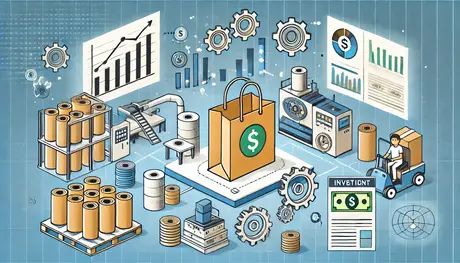
Hospitals and pharmaceutical companies rely on non woven materials for sterile, strong, and disposable packaging.
Key Uses in Healthcare
| Item | Function |
|---|---|
| Sterilization Wraps | Protect surgical tools |
| Medical Pouches | Store drugs, PPE, and kits |
| Disposable Covers | Hygienic barrier for equipment |
Non woven packaging supports high hygiene standards2. It is breathable, sterilizable, and disposable—meeting strict medical protocols. As healthcare systems expand, so does the demand for PPE, wound care kits, and medication carriers made from non woven fabric. These products offer protection from contamination, and their disposability improves safety and convenience in clinical settings.
Consumer Goods
Electronics, personal care, and home goods brands use non woven packaging to protect products and enhance customer experience.
Consumer Goods Packaging Trends
| Packaging Item | Purpose |
|---|---|
| Pouches & Wraps | Protect delicate items |
| Branded Gift Bags | Reusable, elevate product value |
| Inner Packaging | Adds unboxing appeal |
Branding matters in consumer goods. Reusable bags and wraps give companies a chance to promote eco-conscious values while offering customers something they can reuse. Non woven packaging also adds cushioning, reducing reliance on foam or bubble wrap. With e-commerce packaging trends pushing for a minimalistic but functional look, these bags help deliver a better unboxing experience while staying green.
Industrial & Agriculture
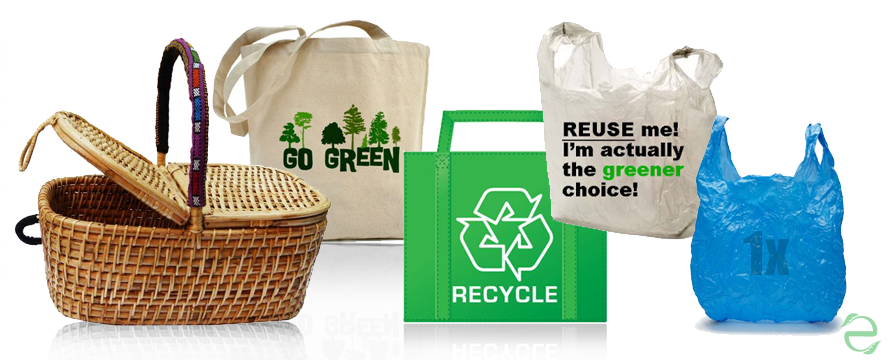
Heavy-duty sectors use non woven packaging to wrap parts, produce, and components in compliance with environmental standards.
Industrial and Agricultural Applications
| Application | Feature |
|---|---|
| Machinery Wraps | Tear-resistant, breathable |
| Produce Sacks | Lightweight, reusable |
| Export Bags | Meets shipping regulations |
The push for sustainable packaging has reached industrial and agricultural supply chains. Non woven sacks provide an alternative to plastic-based bags traditionally used for bulk packaging. These sacks are breathable, allowing moisture to escape, which is important in transporting produce. For industrial uses, wraps and liners prevent corrosion and damage, all while meeting updated export packaging rules.
Conclusion
From retail to healthcare, non woven packaging is reshaping how industries approach eco-friendly and functional packaging. Its rise is fueled by legal pressure, consumer expectations, and brand responsibility. If you're considering a switch to sustainable options, explore JiaRong Packing’s full range of non woven packaging solutions. Join the industries already embracing the future—one bag at a time. Let us know how your industry is using non woven materials in the comments!
